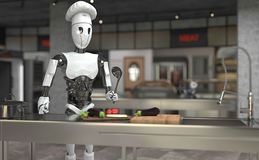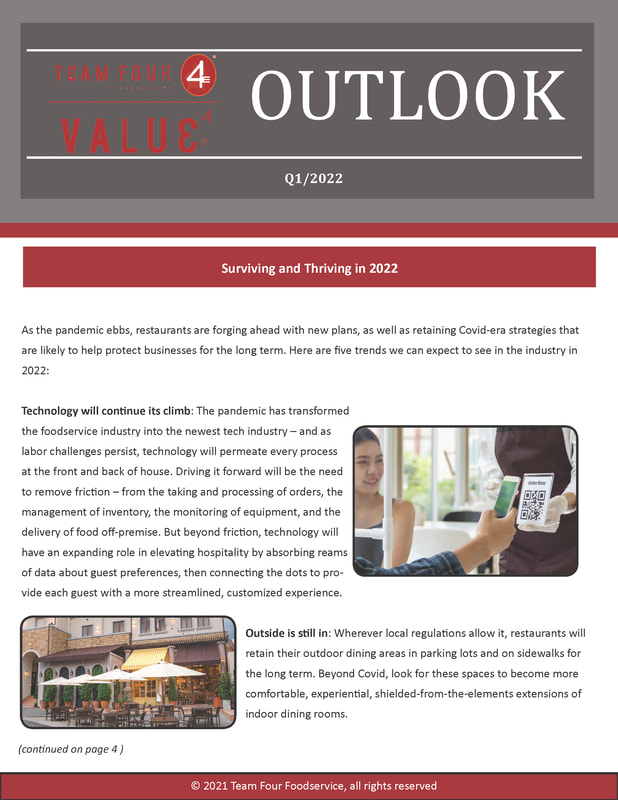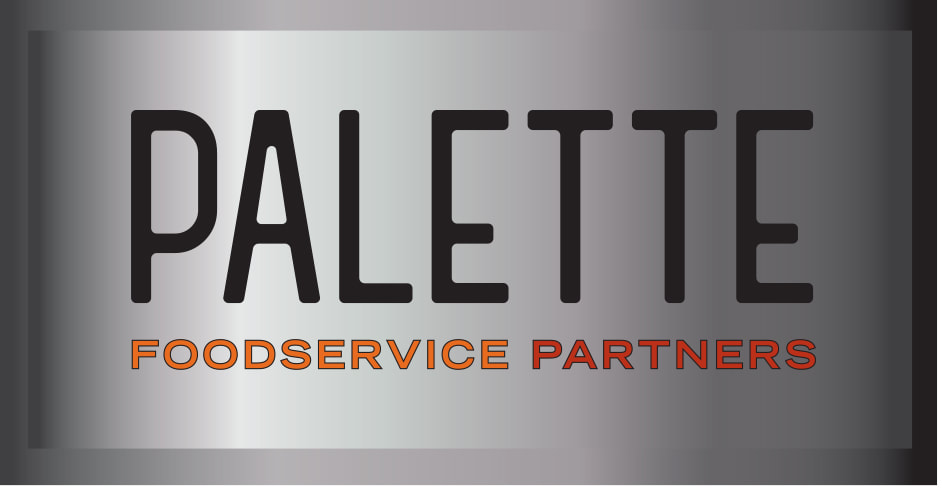 Over the years, how much happy hour business (or other after-work business) has your restaurant generated? If this part of the day once provided a steady stream of traffic for you on several evenings a week, chances are times have changed -- due to factors such as the increase in hybrid work schedules post-pandemic, people’s desire to keep their professional and personal lives separate, and a decline in alcohol consumption. Research from Fox Business found that happy hour traffic has dropped by 49 percent in recent years. If this has impacted your business in any way, it could be a good time to gather your team and identify some new potential business streams – or simply shift your approach to the after-work crowd by offering some different options. While people may not be looking to stop in for appetizers after work, maybe they’d go for a pre-workout smoothie, meal kit or easy weeknight takeout. Maybe you can approach the offices that once gave you more after-work business and make them aware that you can cater their in-house lunches and meetings so they can make their employees’ less-frequent in-person connections feel more worthwhile. Or perhaps, now that the warm weather is coming, you can come up with a limited-time offer that will draw people to your outdoor dining area. Your data provides clues as to what your guests crave and when. What adjustments can you make that will help your business be as nimble as possible in the face of shifting traffic patterns?  Over the past few years, restaurant operators have had to deal with multiple constraints – smaller, more streamlined menus, a shrinking supply of ingredients, and labor challenges that have made it difficult to innovate. But according to Technomic’s recently released State of the Menu 2024 report, which is based on input from the top 500 chain restaurants, limited-time offerings are helping to address a number of these issues – and are a growing area of focus in restaurants for that reason. Technomic’s research found that from 2020 to 2023, LTOs increased by 52.7 percent. These short-lived offers can give restaurants freedom to innovate, so brands can retain their streamlined core menus but pour some creativity into a special. They give restaurants a chance to offer premium ingredients or special presentations that can motivate guests to visit and help restaurants boost the value of the experience they provide. To be sure, LTOs require planning and resources to be successful, though work-arounds are emerging in that area. (Premier, for one, recently launched a Menu Innovations Program for its members that includes a prepackaged LTO concept each quarter. It includes everything an operator needs to prepare an LTO for launch, from recipes to marketing materials.) Is there room for your restaurant to use more LTOs to drive innovation in the kitchen – as well as improve guest engagement?  Restaurant prices have undergone a reality check in recent months and years. If, like the vast majority of operators, you have had to hike menu prices to keep pace with such stresses as inflation and rising staff compensation, your guests may scrutinize their spending a bit more – perhaps cutting back on visits or ordering less when they do. Or, they may visit you on occasions when they are apt to eat a bit less – like for an after-work snack and beverage with a friend or a pre-workout boost. But you can take some steps to manage the perception that you’re stretching guests’ budgets and also drive off-peak traffic by making your between-meal dining occasions feel more special. For example, you can double down on your value options – guests are still apt to respond to offers of combo meals, meal bundles and other items that make them feel like they are getting more for their dollar. Pour some creativity into your between-meal periods by offering some eye-catching hot and cold beverages that guests can customize with their own additions. It’s also important to get personal: New research from TouchBistro found that 64 percent of restaurant operators are sending personalized offers to guests, up from 55 percent last year. So even if you’re already sending personalized offers to your best guests, your offer may be one of several vying for their attention. Drill down on your guests’ habits and lifestyles to ensure you’re offering food and drink options they will want to make part of their day.  Much as we hear about the rise of robotic workers in restaurant kitchens, far more operators are looking to tech to augment, rather than replace, human staff. That’s according to the National Restaurant Association’s State of the Restaurant Industry report 2024, which found that while 47 percent of operators believe automation will become more common this year, 69 percent believe that tech will be more commonly used to support existing workers rather than replace them. One area where restaurants can focus such efforts is on their most manual, physically arduous tasks. A recent Restaurant Business report quotes ZipRecruiter research that found that workers had “real aversions to jobs that involved real physical labor.” Starbucks is one brand that has responded to this: Their cold drink orders, which comprise 75 percent of their sales, require a steady stream of ice that baristas once had to lug inside by heavy bucketfuls throughout the day. But new back-of-house technology has enabled the business to send ice into the kitchen via a pipeline, thereby eliminating that heavy lifting. To be sure, such changes require investment, but they can also save money on the back end by decreasing turnover. In your operation, are there tasks that get passed from one worker to another – or are frequently skipped because they require too much physical labor? These may be key areas to implement tech-driven supports that make work easier for staff. |
Subscribe to our newsletterArchives
April 2024
Categories
All
|




 RSS Feed
RSS Feed